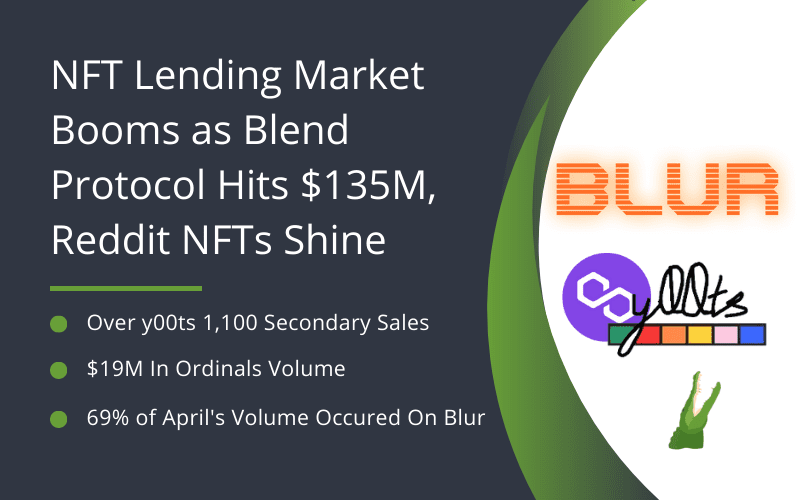The 2022 realized cap drawdown was the second worst in Bitcoin’s history

Analyzing Bitcoin’s market cap shows that the bear market of 2022 brought the fourth worst decline from the all-time high in history. Bitcoin’s fall to $15,500 represents a 76.92% move from its ATH.
Market value is one of the most used calculations when estimating the size and value of an asset. Defined as the combined value of all units of an asset, the market value is calculated by multiplying the price by the circulating supply.
In the case of Bitcoin, market value and fluctuations in it are often used to determine the strength and usage of the network. It is also particularly useful when comparing Bitcoin to other assets and markets.
The most significant price drop from the ATH occurred in late 2011 when an aggressive bear market wiped out 91.78% of Bitcoin’s market value. The crypto winters of 2015 and 2018/2019 saw drawdowns of 82.75% and 82.63% respectively.
This is in line with CryptoSlate’s earlier analysis, which found that each market cycle posted higher lows.
However, the market value fails to represent the actual state of the network. Due to a large number of lost and inactive coins, the market value is often higher than the realized value of the network.
This is where realized cap comes in, as it shows the value of the Bitcoin network based on active coins.
Unlike market cap, which values coins based on their current value, cap values realized each UTXO based on the price it last moved to. This approximation is a much better proxy for the value stored in Bitcoin and can be used as an estimate of the overall cost base of the network.
Realized cap drastically reduces the impact of dormant and lost coins on the network. These coins are considered to have low economic value, since they were last moved at a price so much lower than the realized price that they have little impact on it. However, if these coins were moved after being dormant for years, their impact on the realized price would be correspondingly significant.
The size of the change in realized cap shows the difference in price between the price at which a coin was last used and the price it previously moved to.
Looking at Bitcoin’s price through the realized rate shows that the 2022 move was the second worst in history. In November 2022, Bitcoin saw its realized cap drop by 18.8% from the all-time high recorded in November 2021.
Graph showing Bitcoin’s realized price decline from ATH from 2011 to 2023 (Source: Glassnode)
The ongoing bear market put Bitcoin’s realized cap at $383 billion. This is $56 billion less than Bitcoin’s current market cap, which stands at $439 billion.
Comparing Bitcoin’s market cap to its realized cap is believed to be a good indicator of market phases. Namely, when the market value is higher than the realized value, the market is in aggregate profit.
Simply put, the realized value shows the value at which the coins were bought, while the market value shows the value at which they can be sold.
Conversely, when the realized rate is higher than the market value, the market is in overall loss, as the value at which most coins were bought is higher than the value at which they can be sold.
Data analyzed by CryptoSlate showed that the market has currently accumulated profits. And while the profit isn’t as high as the crypto market is used to, it indicates a slow and steady recovery from the second-worst price decline in Bitcoin’s history.
























